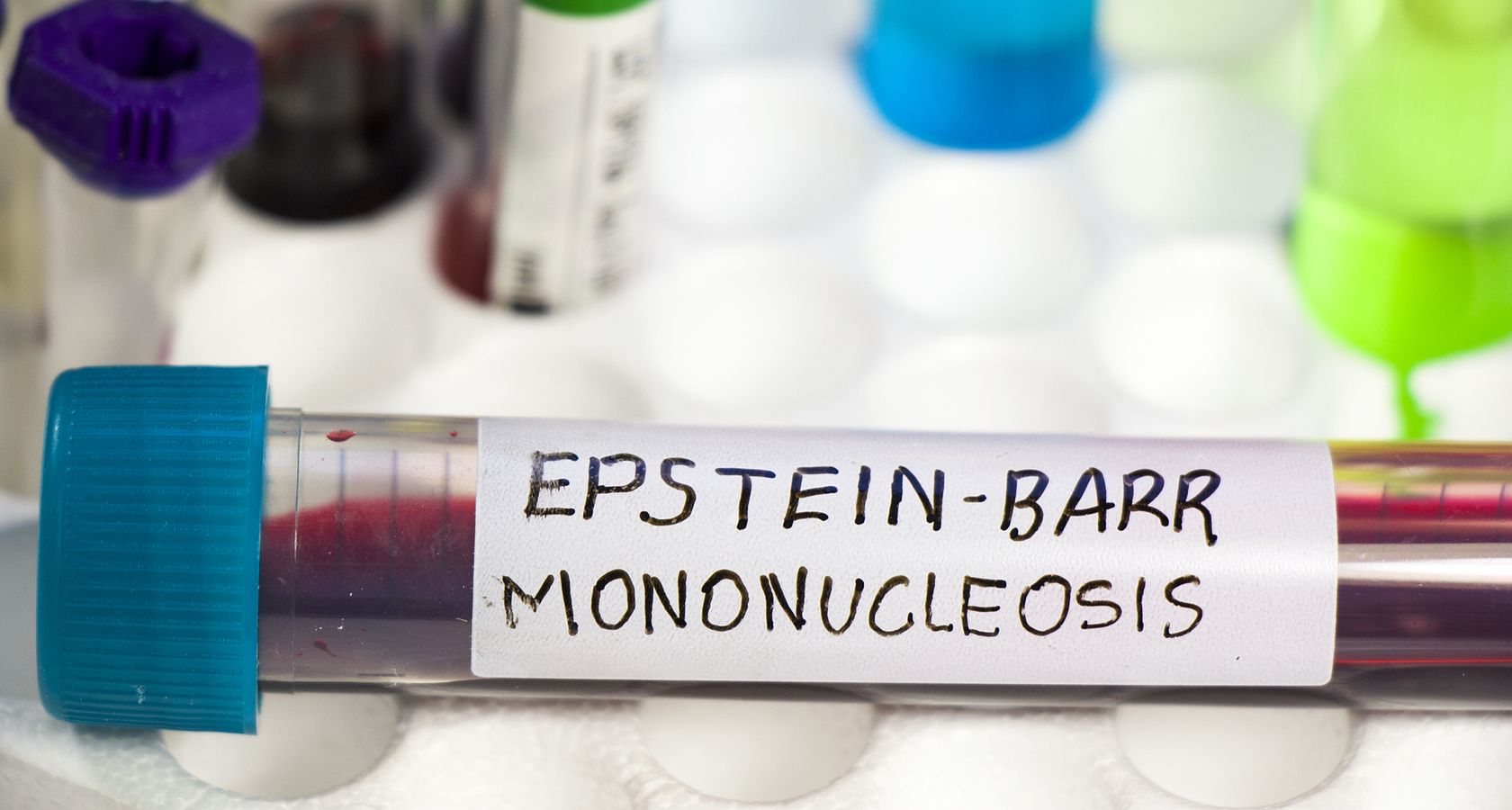Lyme Disease
Lyme disease is caused by an infection by the Borrelia burgdorferi bacteria. Most commonly this occurs from the tick bite of an infected tick, usually a deer tick or a black-legged tick. With over 500,000 new cases per year in the USA alone, Lyme and tickborne diseases are the fastest-growing vector-borne illness in the U.S. and are a major public health problem.
Lyme and tickborne diseases are uniquely challenging to treat because the Borrelia bacteria has the ability to persist in the body, thwarting attempts by the immune system to stop the infection. Not everyone who is bitten by a tick gets Lyme, and not every case of Lyme becomes chronic. While a bulls-eye rash (erythema migrans) can be one of the first signs of Lyme, many people develop a different kind of rash, or none at all.
Lyme usually evolves in three stages (though these stages can overlap): early and localized, early and disseminated (starting to spread), and late disseminated (spread throughout the body). Each and every case of Lyme is different, which accounts for the huge range of symptoms of Lyme disease. Common symptoms include pain, headache, fatigue, flu-like symptoms, brain fog, depression, and in some cases, paralysis and neurological issues, especially after long-term exposure.
There's no definitive way to diagnose and treat Lyme. Diagnostic tests miss more than half of cases in their earliest stages, although those cases can often register as positive for Lyme later. The tests are highly imperfect, and many need to rely on an experienced clinician’s clinical evaluation. If someone is diagnosed early, a round of antibiotics can usually treat Lyme quickly. For those who fall into the category of people who get misdiagnosed or whose tests or treatments fail (one reason: coinfections like Babesia, Bartonella, Anaplasma, Ehrlichia, and Powassan virus can complicate everything), Lyme can become a chronic illness, and serious symptoms can develop. Chronic Lyme symptoms are often invisible, and they can overlap with any number of other health conditions. That makes it even more difficult, and costly, for some people to get diagnosed and find an effective treatment plan. Some conventionally-trained physicians aren’t familiar with the most current Lyme research, and that can be challenging for both practitioners and patients.
Despite all this tough-to-swallow info, there's so much that can be done to take control. If someone has chronic Lyme, a good start is to find a team of knowledgable practitioners who focus on tickborne diseases and understand the latest treatment options. People can also explore the many functional medicine approaches that target chronic Lyme and its symptoms with a functional medicine provider. Many people recovering from Lyme need robust lifestyle support with diet, sleep, mindfulness and more. While many benefit from targeted antibiotic therapy, botanical medicines such as Scuttelaria (skullcap), Japanese knotweed, Cryptolepis, Andrographis, and more have been shown to be helpful. Treatment protocols for chronic Lyme are constantly being studied and refined.
Resources
- Johns Hopkins Lyme Disease Research Center. Diagnosis of Lyme disease. https://www.hopkinslyme.org/lyme-disease/diagnosis-of-lyme-disease/
- U.S. National Library of Medicine. Lyme disease. https://medlineplus.gov/ency/article/001319.htm
- National Center for Complementary and Integrative Health. Lyme disease. https://nccih.nih.gov/health/Lyme-Disease
- Centers for Disease Control and Prevention. Treatment. https://www.cdc.gov/lyme/treatment/index.html
- Antibiotics. Identification of essential oils with strong activity against stationary phase Borrelia burgdorferi. https://www.ncbi.nlm.nih.gov/pubmed/30332754
- Medical Gas Research. Ozone therapy as a primary and sole treatment for acute bacterial infection: case report. https://www.ncbi.nlm.nih.gov/pmc/articles/PMC6178636/
- Emerging Infectious Diseases. Current guidelines, common clinical pitfalls, and future directions for laboratory diagnosis of Lyme disease, United States. https://www.ncbi.nlm.nih.gov/pmc/articles/PMC4918152/
- Evidence-Based Complementary and Alternative Medicine. Novel diagnosis of Lyme disease: potential for CAM intervention. https://www.ncbi.nlm.nih.gov/pmc/articles/PMC2722197/
- Feng J, Leone J, Schweig S, Zhang Y. Evaluation of Natural and Botanical Medicines for Activity Against Growing and Non-growing Forms of B. burgdorferi. Front Med (Lausanne). 2020 Feb 21;7:6. DOI: 10.3389/fmed.2020.00006. PMID: 32154254; PMCID: PMC7050641.
- Zhang Y, Alvarez-Manzo H, Leone J, Schweig S, Zhang Y. Botanical Medicines Cryptolepis sanguinolenta, Artemisia annua, Scutellaria baicalensis, Polygonum cuspidatum, and Alchornea cordifolia Demonstrate Inhibitory Activity Against Babesia duncani. Front Cell Infect Microbiol. 2021 Mar 8;11:624745. DOI: 10.3389/fcimb.2021.624745. PMID: 33763384; PMCID: PMC7982592.
- Ma, Xiao1; Leone, Jacob2; Schweig, Sunjya3; Zhang, Ying4. Botanical Medicines With Activity Against Stationary Phase Bartonella henselae. Infectious Microbes & Diseases 3(3):p 158-167, September 2021. DOI: 10.1097/IM9.0000000000000069




